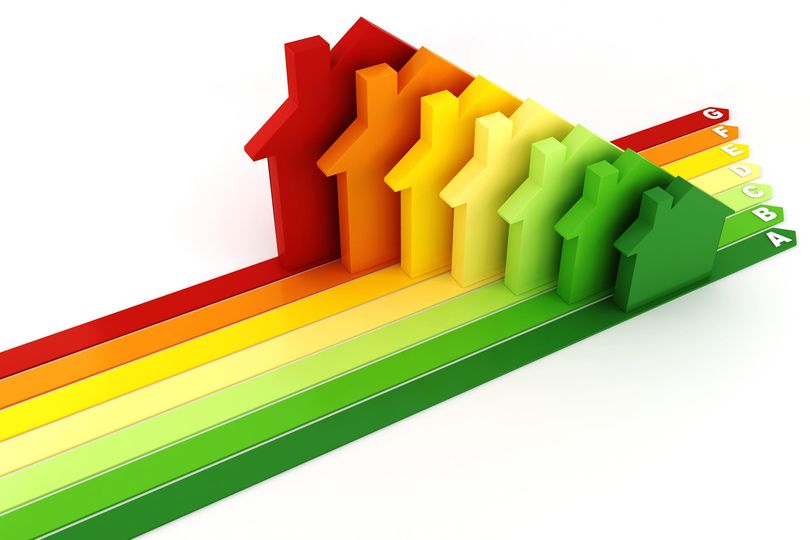How are homes currently rated?
Currently, properties are rated using SAP Standard Assessment Procedure, which gives a points score that translates into an EPC rating ranked from A (extremely energy efficient) to G (extremely insufficient) – this will be replaced in future by Home Energy Model.
So what is Home Energy Model?
Home Energy Model will see properties undergo a series of extra checks as part of the new system, and the inspection is likely to take around 30-40 minutes to complete. Using a new Future Homes Standard Assessment, assessors will measure all windows of the property, carry out additional assessment of rooms in the roof, introduce a new age band for properties built from 2023 onwards, take into consideration the use of power diverters and battery storage used in conjunction with solar panels, and will recommend heat pumps more frequently.
No surprise, the extra work involved will mean a higher bill for Landlords.
Why is this change being made?
Earlier this year, plans to introduce a minimum EPC rating of C were abandoned, however, net zero ambitions remain with a Government targeting date of 2050. Landlords who have introduced heat pumps to their properties when making improvements, have encountered their EPC rating fall as currently energy performance is based on efficiency of heating with gas so the framework needs to changer to calculate on carbon missions instead and provide information on improvement works given type and age of property.
When is this being implemented?
Under proposals in the consultation document, it is likely to be introduced in April 2025 but it is currently unknown what is going to happen to current EPCs which can have a lifespan of up-to 10 years remaining.
